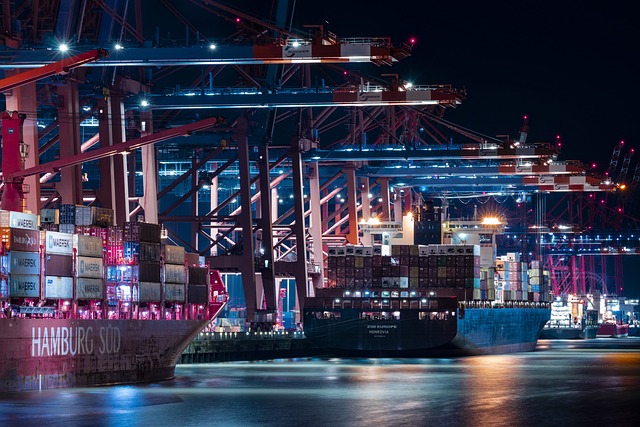-
Container shipping spot market rates are falling while long term rates are rising. This, even as market spread narrows, according to Xeneta
-
There are also potential strikes looming in the US East and Gulf coasts
-
The Red Sea crisis has lasted beyond the first six months of the year, with no clear end in sight. As such, ocean rates remained elevated at an unprecedented pace
Container shipping spot market rates are falling while long term rates are rising. This, even as market spread narrows.
Then there are potential strikes looming in the US East and Gulf coasts.
These are some of the issues facing shippers for the remainder of the year, based on Xeneta’s July state of the market webinar held recently. The webinar took a closer look at the 2024 Mid-Year Ocean Market Outlook, which indicates that there will be more turbulence ahead. Hosted by Michael Braun and Peter Sand, the event drew some tough conclusions.
For one, the Red Sea crisis has lasted beyond the first six months of the year, with no clear end in sight. As such, ocean rates remained elevated at an unprecedented pace.
The crisis has also had far-reaching ripple effects that span ocean, air, and everything in between.
The situation in the Red Sea has resulted in conditions similar to what were the norm during the COVID-19 pandemic.
According to Sand, the crisis along with the “explosion of freight rates” has led to higher freight spent for shippers, less predictability, poorer service levels, and everyone struggling to get their goods across from where they are manufactured to where they are consumed.
For his part, Braun noted the similarities, specifically to Asia and the West Coast ports, to highlight patterns of market behavior with regards to congestion. This has driven carriers to hike rates on long-haul, outbound lanes.
The twin crises may have similarities, but there are also differences. One big difference was the origin of COVID was demand driven, while the origin of the Red Sea crisis is supply-driven.
Braun suggests that shippers can play a part in helping to ease the pain points in global supply chains.
Sound business practice dictates that carriers deploy capacity where they are highest, resulting in congestion in the world’s biggest transshipment hubs. These became the epicenter of port congestion in the Far East for most of the second quarter of this year.
Front loading by shippers also contributed to the third quarter squeeze.
Said Sand: “There are tendencies from the demand side…to be driven more by inventory building or shippers trying to avoid a massive squeeze in the third quarter by front loading cargo.”
Longer sailing distances on the world’s most important trades are likewise causing havoc in the market, added Sand.
Reviewing current market conditions, Braun and Sand predict a continuing trend of easing rates on the short-term market, notably the Transpacific lanes. Also expected is a narrowing market spread between short and long-term.
Long-term rates have increased in recent weeks. As Braun explained: “During COVID the long-term uptake was significantly longer and more stable, and then it was falling off a cliff.”
This time, however, there will be no repeat, what with the uncertainty on the US East Coast.
Sand said what will make the second semester of this year “interesting” are two factors. One is how carriers react and how do they deploy the new building capacity in a red-hot market. And two, will shippers keep their cool in the midst of market unpredictability.
The pair brought attention to the political aspects affecting trade, such as the bidding war on tariffs on imports from China, potential strikes on the US East Coast, and even the results of November’s presidential elections.
Any or all of these factors have a high possibility of impacting procurement efforts in the supply chain.
Braun and Sand spoke of the significant changes in alliances.
Then there are the environmental concerns and emissions. While the intent to cut emissions is notable, market realities push back against the set goals. There is a complex interplay between operational efficiency and environmental commitments.
These will be under constant consideration by all concerned parties where decisions on emissions are concerned.
READ: June sees record-breaking shipping demand between China and North America, North Europe









